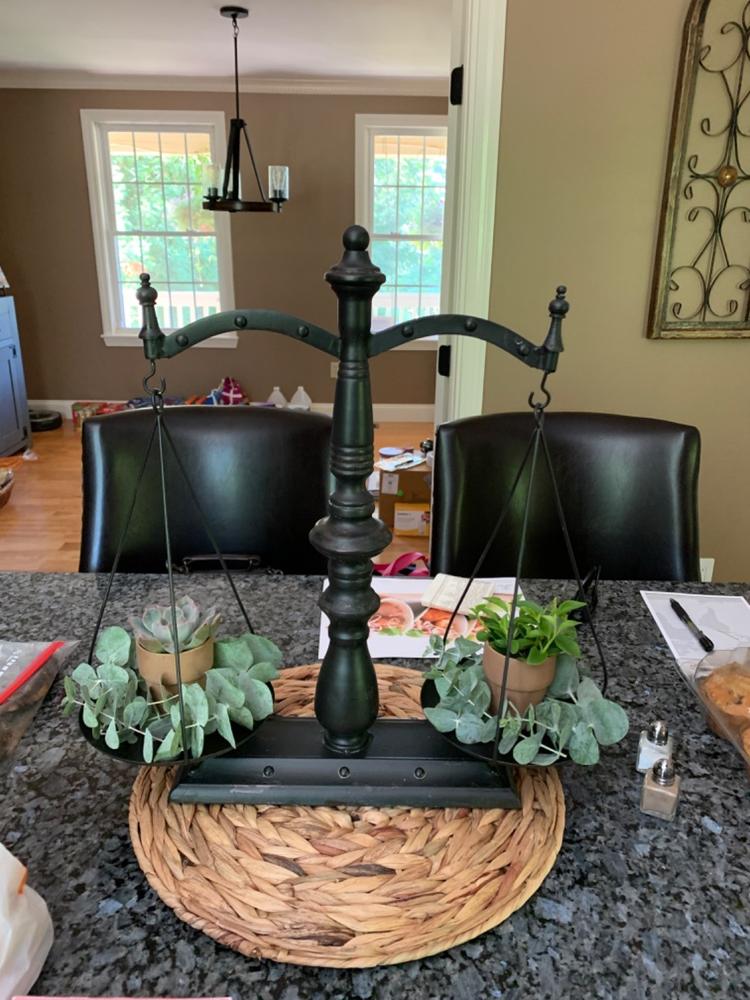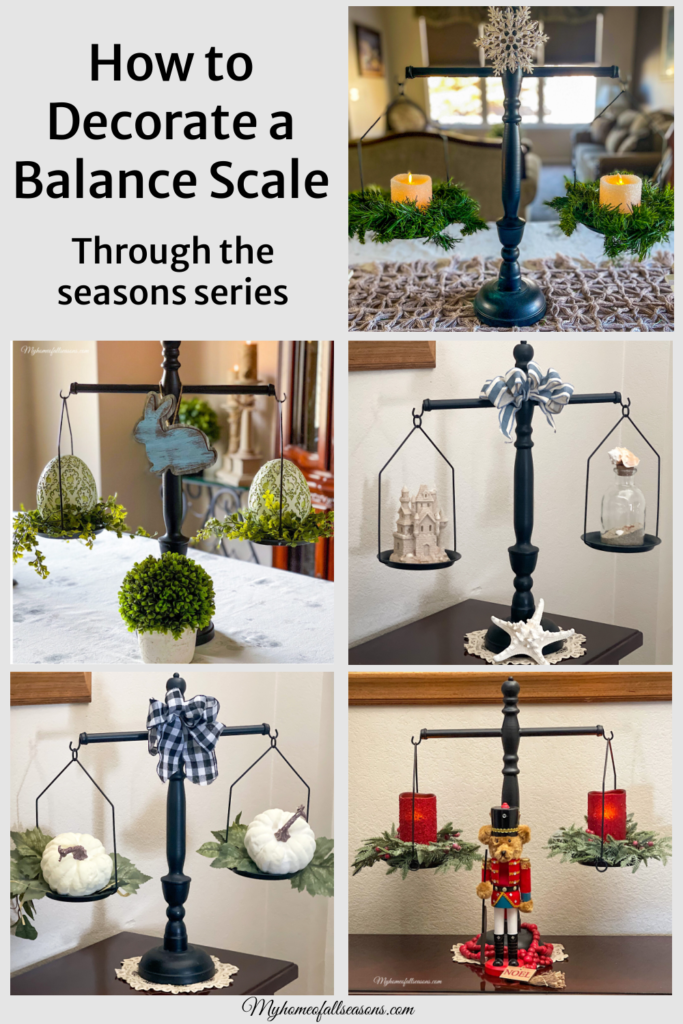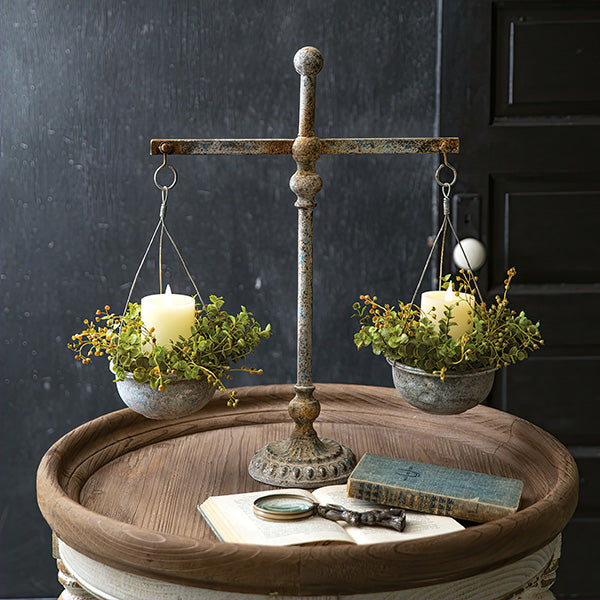Welcome to the ultimate guide on balancing scale decor! As a passionate interior design enthusiast, I’ve learned that the right decor can transform a space, making it not just beautiful, but also functional. In this article, we will explore various aspects of balancing scale decor, ensuring that your home reflects your personality while maintaining harmony and style. From understanding scale and proportion to incorporating balancing elements, we’ll cover it all. So, let’s dive in!
Understanding Scale in Interior Design
Scale is a crucial concept in interior design, affecting how space feels and functions. It refers to the size of an object in relation to its environment and other objects within that space.
Why Scale Matters
- Creates Balance: Proper scale allows for a balanced look, preventing a room from feeling overcrowded or sparse.
- Enhances Functionality: Understanding scale ensures that furniture and decor serve their intended purpose without hindrance.
- Affects Aesthetics: The visual appeal of a room is largely determined by the scale of its elements, whether they are large statement pieces or small accents.
Types of Scale in Decor
- Human Scale: This is the scale that relates to the human body. It ensures that furniture is comfortable and usable.
- Architectural Scale: This type considers the size of the entire room or building, ensuring proportions feel right in a larger context.
- Visual Scale: This pertains to how objects are perceived, which can be affected by color, texture, and placement.

Balancing Scale in Decor
Balancing scale decor is all about creating harmony between different elements in your space. Achieving this balance requires a thoughtful approach.

Key Principles of Balancing Scale
- Mixing Sizes: Combine both large and small items to create visual interest. Large pieces can anchor a room, while smaller ones can add detail.
- Grouping Objects: Group smaller items in odd numbers to create a more dynamic arrangement, while larger items can stand alone.
- Maintaining Proportion: Ensure that the size of your decor items corresponds with the size of the furniture and space.
Top Tips for Using Balancing Scale Decor

1. Start with a Focal Point
Choose a statement piece that draws the eye, such as a large painting or a unique piece of furniture. This will help establish the scale of the room and guide your decor choices.
2. Use Height Variations
Incorporate items of varying heights to add depth. Tall bookcases, low sofas, and varying lamp heights can create an engaging visual landscape.

3. Create Layers
Layering decor items adds dimension and interest. For instance, place a large wall art piece above a console table with smaller decorative accents.
Incorporating Balancing Scale Decor into Your Home

Living Room Ideas
The living room is often the heart of the home. Here are some ideas on how to incorporate balancing decor:
- Pair a large sectional sofa with petite side tables.
- Use oversized art to draw attention to a feature wall while keeping smaller pieces on a gallery wall.
Dining Room Inspiration
In the dining room, the scale can dramatically affect the atmosphere:
- Opt for a grand chandelier above a medium-sized dining table to create a visual anchor.
- Mix dining chairs with varying styles and heights for an eclectic look.

Bedroom Balance
Finding balance in a bedroom creates a peaceful retreat:
- Use a large headboard as a statement piece, and keep bedside tables in proportion.
- Add varying textures with throw pillows and blankets to maintain visual interest without overwhelming the space.
Creating Balance with Accessories

Accessories play a vital role in achieving balance in your decor. Below are some ways to incorporate them effectively:
Wall Art
- Consider the scale of your art pieces in relation to your furniture. Large canvases can serve as a focal point, while smaller pieces can be grouped creatively.
Plants and Greenery
- Incorporate both large potted plants and smaller succulents to add life to your space while maintaining balance.
Rugs
- The size of your rug should correspond to the furniture arrangement. A large rug under a seating area anchors the space while creating balance.
Comparison of Scale Decor Elements
| Element | Pros | Cons |
|---|---|---|
| Large Furniture | Creates a focal point, offers comfort | Can overwhelm small spaces |
| Small Accents | Adds detail, allows for personalization | May get lost in large rooms |
| Art Pieces | Enhances aesthetics, can set the mood | Requires thoughtful placement to avoid clutter |
| Plants | Adds life, improves air quality | Requires maintenance, can take up space |
Pros and Cons of Balancing Scale Decor
Pros
- Creates a harmonious and inviting space.
- Enhances the functionality of areas, making them more usable.
- Allows for creative expression and personalization.
Cons
- Finding the right balance can be challenging.
- Over-decorating can lead to cluttered spaces.
- It may require constant adjustments as styles and needs change.
Frequently Asked Questions (FAQs)
What is scale in interior design?
Scale in interior design refers to the size of an object in relation to its surroundings and other objects. It affects how comfortable and pleasing a space feels.
How do I balance large and small decor items?
Mixing different sizes is key. Use larger pieces to anchor the room and incorporate smaller items to add detail and interest. Group smaller items in odd numbers for more dynamic arrangements.
Can I use oversized furniture in a small room?
Yes, oversized furniture can work in a small room as long as it’s balanced with appropriately scaled accessories and decor. Ensure there’s enough space to navigate around the furniture comfortably.
What are some ways to create height variation in a room?
Use floor lamps, tall bookshelves, and wall art at various heights to create visual interest. Mixing tall and short furniture pieces can also help achieve height variation.
How often should I change my decor for balance?
There’s no set rule, but adjusting your decor seasonally or whenever you feel the need for a refresh can help maintain balance and keep your space feeling new.
Conclusion
Balancing scale decor is an art that requires thoughtful planning and a touch of creativity. By understanding scale, proportion, and how to incorporate different elements into your home, you can create spaces that are both beautiful and functional. Remember to embrace your personal style and have fun with your decor choices! Thank you for joining me on this journey into the world of interior design. Happy decorating!